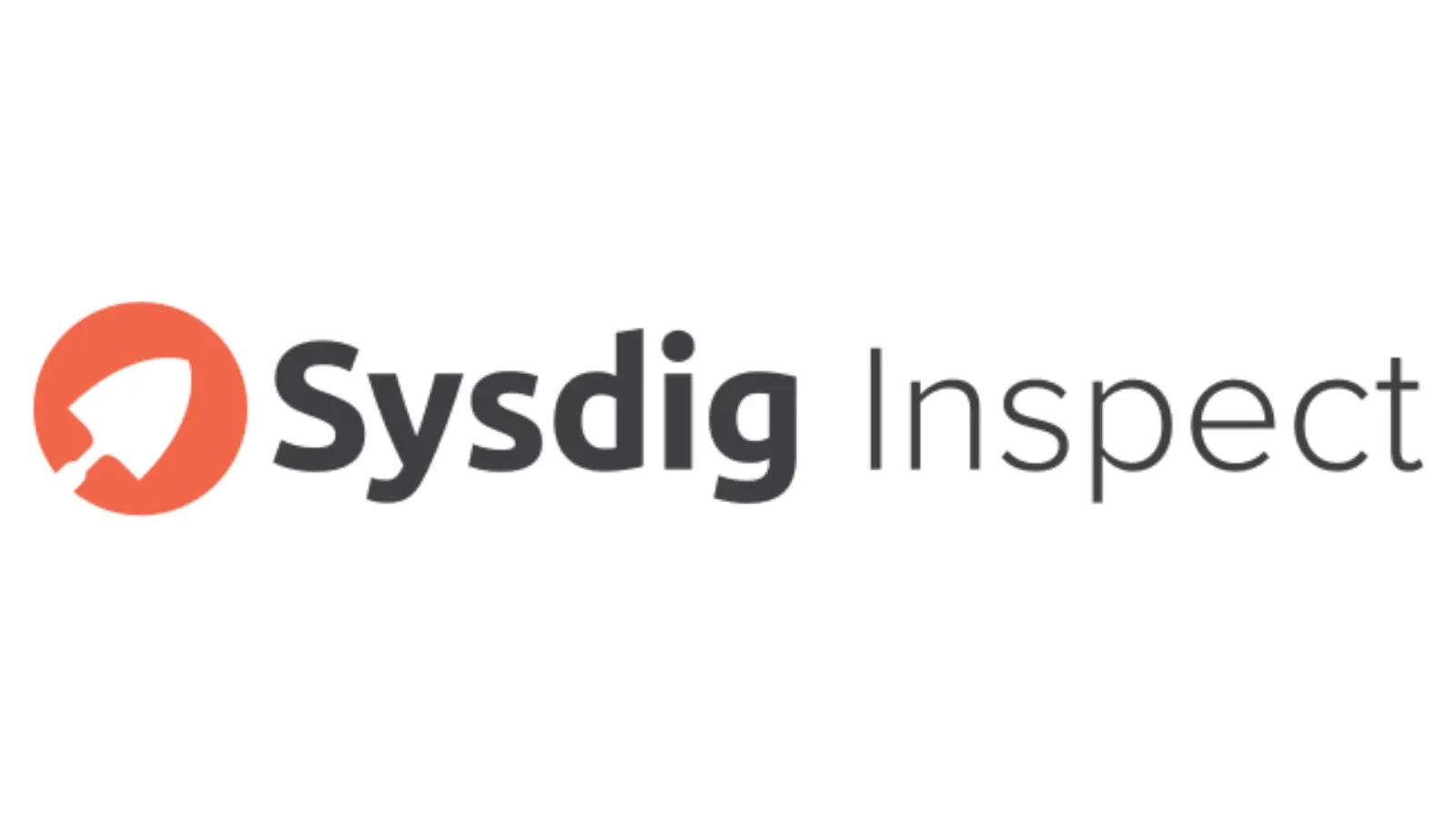Your company faces an array of cyber threats, which are both internal and external. Cybersecurity risk assessment is meant to identify, assess, and implement security controls to pinpoint security vulnerabilities and defects. To safeguard your computer systems from threats, you must apply practices that build an impermeable cyber defense.
The process of fortifying your cyber defenses starts with risk assessment. Without assessing your risks, you won’t be able to manage them effectively. This might expose your business to both internal and external threats. Here’s how you can fortify your cyber defense with risk assessment.
Choose an Appropriate Risk Assessment Framework
Due to the complexities involved in cybersecurity, most businesses often choose pre-existing risk assessment frameworks to shape their cyber defense strategy. These frameworks can be useful, but you should avoid relying on them to develop your cyber defense strategy since they might be outdated.
You should base your risk assessment on the structure of your computer networks as well as your company’s risk profile. Where appropriate, you should incorporate elements of existing cybersecurity risk assessment frameworks.
Explore The NIST Framework
NIST 800-53 is a framework that guides businesses in their quest to comply with U.S. Federal Information Processing Standards (FIPS). It provides information security experts with guidelines pertaining to the efficiency of implemented cybersecurity controls, clues relating to the quality of cybersecurity risk management processes, and relevant information regarding strengths and weaknesses that information systems face.
While seeking to harden your cyber defense with risk assessment, you should seek guidance from NIST 800-53. The framework will help you apply the best practices as far as risk management is concerned. The framework is flexible and can also be used alongside known cybersecurity risk management processes, including ISO.
Regard Risk Assessment as a Business Objective
Regardless of the combination of risk management and assessment frameworks that you incorporate into your cybersecurity strategy, you should relate the entire process to your business objectives and operational structure. To have an in-depth understanding of your organization’s potential threats and the impact of any losses, a risk assessment should involve interviews with IT administrators, senior management, and any other relevant stakeholder.
Your company board should also participate in the cybersecurity strategy that you put in place. Failure to do so could result in a situation whereby risk assessment ends up being a set of recommendations that never get implemented beyond the boardroom. When you align industry assessment frameworks with your company objectives, you will be able to conduct assessments that not only highlight potential threats but also helps you implement changes that harden your cybersecurity stance.
Characterize Your Systems
To assess the potential risks that your system face, you should first characterize the system itself. This involves determining what type of system is in place, the kind of data it uses, identifying the vendors that you work with, the external and internal interfaces that might be present, who uses the system, data flow in the system, and ultimately, where information goes.
Once the system has been characterized in this manner, you will quickly identify common threats such as unauthorized access, information misuse, data leakage, and disruption of service. The identification of threats that your system faces helps you fulfill operational goals such as patching up computers as required and updating anti-virus software and signatures.
Analyze Your Control Environment
Every company with a computer system has a set of controls in place. When undertaking a risk assessment process to fortify your cyber defense, you should adequately analyze your controls. This helps you identify threat detection, mitigation, prevention, compensating controls, and the relationship that they might have to identified threats.
The controls that need to be analyzed during cybersecurity risk assessment include organizational risk management controls, administration controls, user provisioning controls, user authentication controls, data center security controls, and continuity of operations controls.
Face Cybersecurity Risks Head-On
Each new application, system, or network service that you bring onboard comes with its security vulnerabilities. This makes risk management more challenging and complex as your company grows. When undertaking a risk assessment, you should have a strategy for confronting your threats pragmatically.
A robust cybersecurity plan helps you screen new applications, systems, and network services, thus minimizing your company’s cybersecurity risks. Cybersecurity planning should be part of your risk assessment strategy. It helps you understand what is vital to your company, as well as the systems and solutions that you should put in place to mitigate risks.
Risk assessment strengthens your company’s ability to safeguard its systems from potential threats. The outcome of a proper risk assessment process helps you to protect your organization’s information assets while maintaining a balance of operational effectiveness and productivity. Therefore, what a risk assessment can do is provide direction on how you can safeguard your business and help you understand and manage threats that your systems face.

.webp)








.webp)





.png)





